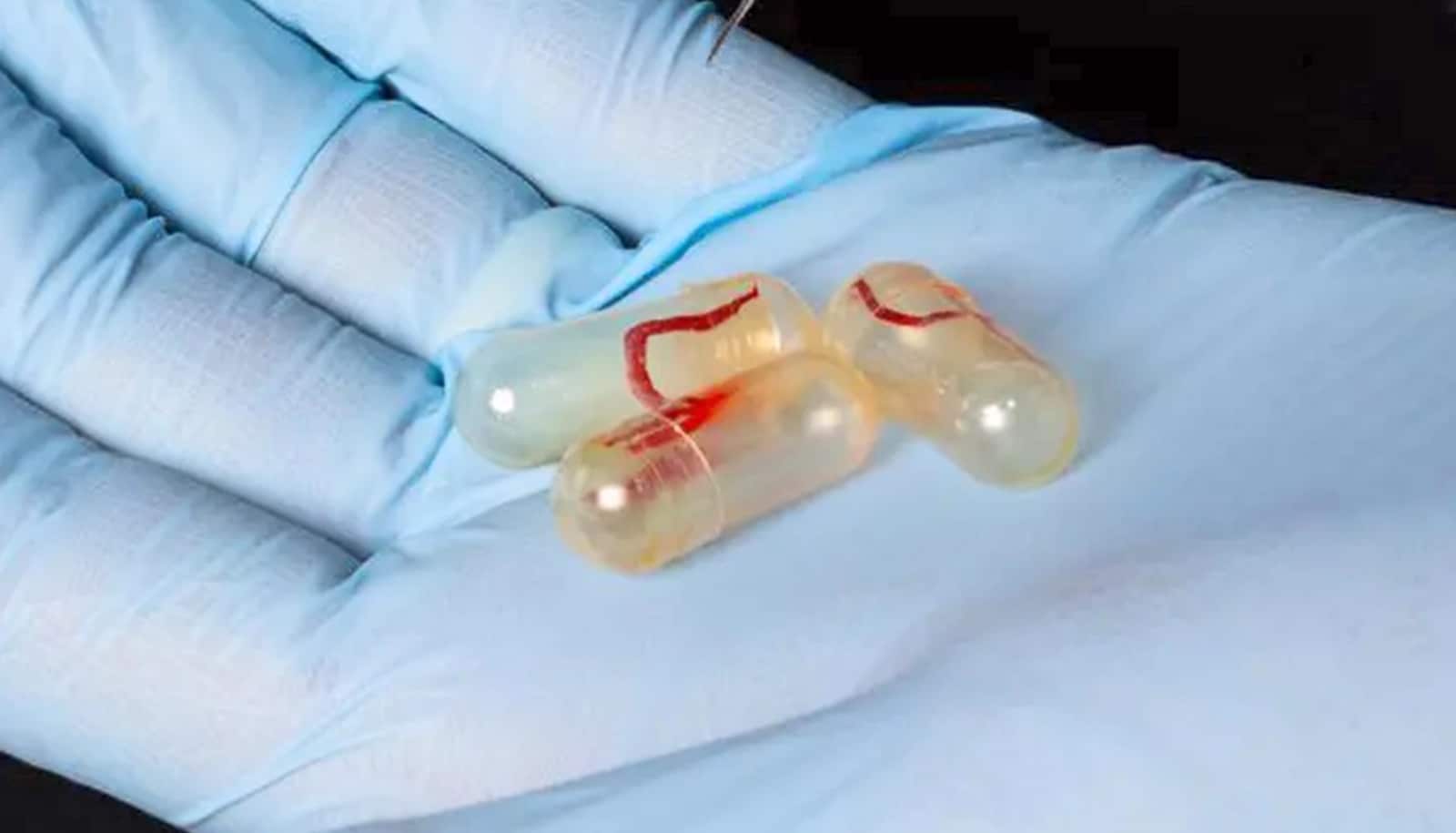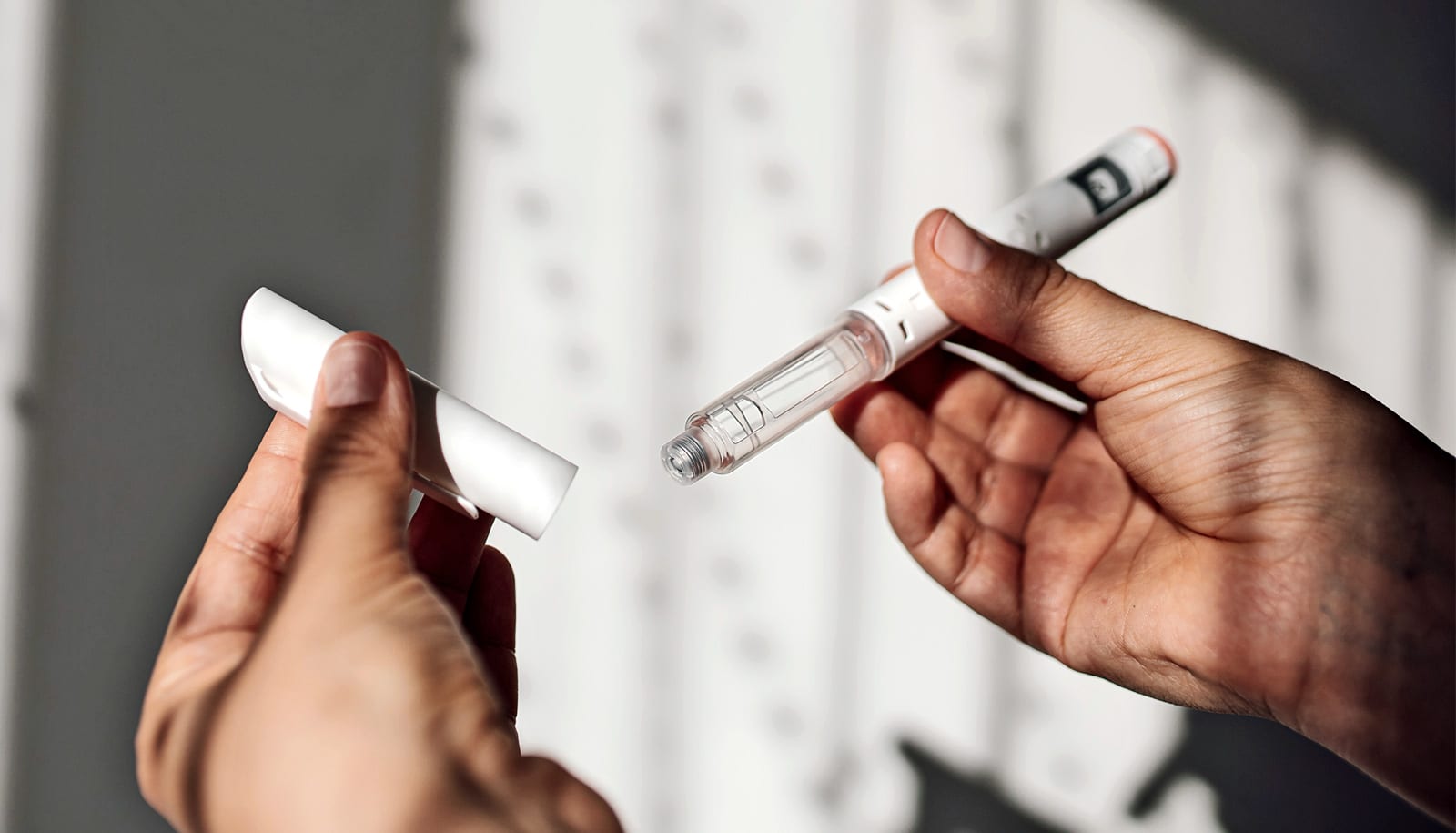A hydrogel that can help the body heal may also be particularly good at treating wounds related to diabetes, new research suggests.
Tests on diabetic animal models show that the injectable hydrogel significantly accelerates wound healing compared with another hydrogel often used in clinics.
…the typical treatment for a diabetic foot ulcer has not changed much over the last century.
The multidomain peptide (MDP) hydrogel known by its amino acid sequence—K2(SL)6K2—has in a recent study proven useful for the timed release of immunotherapy drugs. It has also been shown to encourage healing all by itself.
That quality may be useful for people with diabetes mellitus who often develop chronic wounds in their lower extremities that take longer to heal than normal wounds do.
“This is particularly exciting because the study shows our material has an effect that’s positive and better than things that are already out there,” says Jeffrey Hartgerink, a professor of chemistry and of bioengineering at Rice University. “This has been a long time coming.”
He says the typical treatment for a diabetic foot ulcer has not changed much over the last century.
“The current gold standard of treatment is to debride the wound, which means to remove necrotic tissue. The wound is washed, bandaged, and patients are told to keep pressure off the foot,” says Nicole Carrejo, a graduate student at Rice and the paper’s lead author. “Various treatments and materials may be tried, but oftentimes, everything fails, which can lead to amputation.”
The researchers report that MDP hydrogel significantly accelerated the healing of wounds in genetically diabetic rodents. Treatment led to wound closure in 14 days, the formation of thick granulation tissue, including dense growth of blood vessels and nerve cells, and the regeneration of hair follicles.
They compared their results with a control group treated with a commercial hydrogel that required twice as long to reach the same degree of wound closure.
Slow-release hydrogel doses tumors with drugs
“Unlike our MDP hydrogel, the control hydrogel does not get infiltrated by cells,” Carrejo says. “Although the control results in the healing of wounds, we believe cellular infiltration of our MDP helps lead to the acceleration of wound healing.”
Hartgerink hopes to move the hydrogel toward clinical trials as a material rather than a drug to ease the federal approval process.
“That would make it much more practical to do a clinical trial,” he says. “These preclinical experiments have been exciting enough to warrant that thought process.”
The researchers report their findings in the journal ACS Biomaterials Science and Engineering.
Support for the research came from the Welch Foundation, National Institutes of Health, National Science Foundation, Mexican National Council for Science and Technology, and the Stauffer-Rothrock Fellowship.
Source: Rice University



